It’s not everyday that you get to eat at one of the best restaurants in the world, yet that is exactly what we did on our trip to Moscow, Russia in 2018. And when you do get the opportunity to eat at one of these eateries, it naturally warrants a full review. One of the finest Moscow restaurants on offer, and one that I enjoyed so much – here is my honest review.
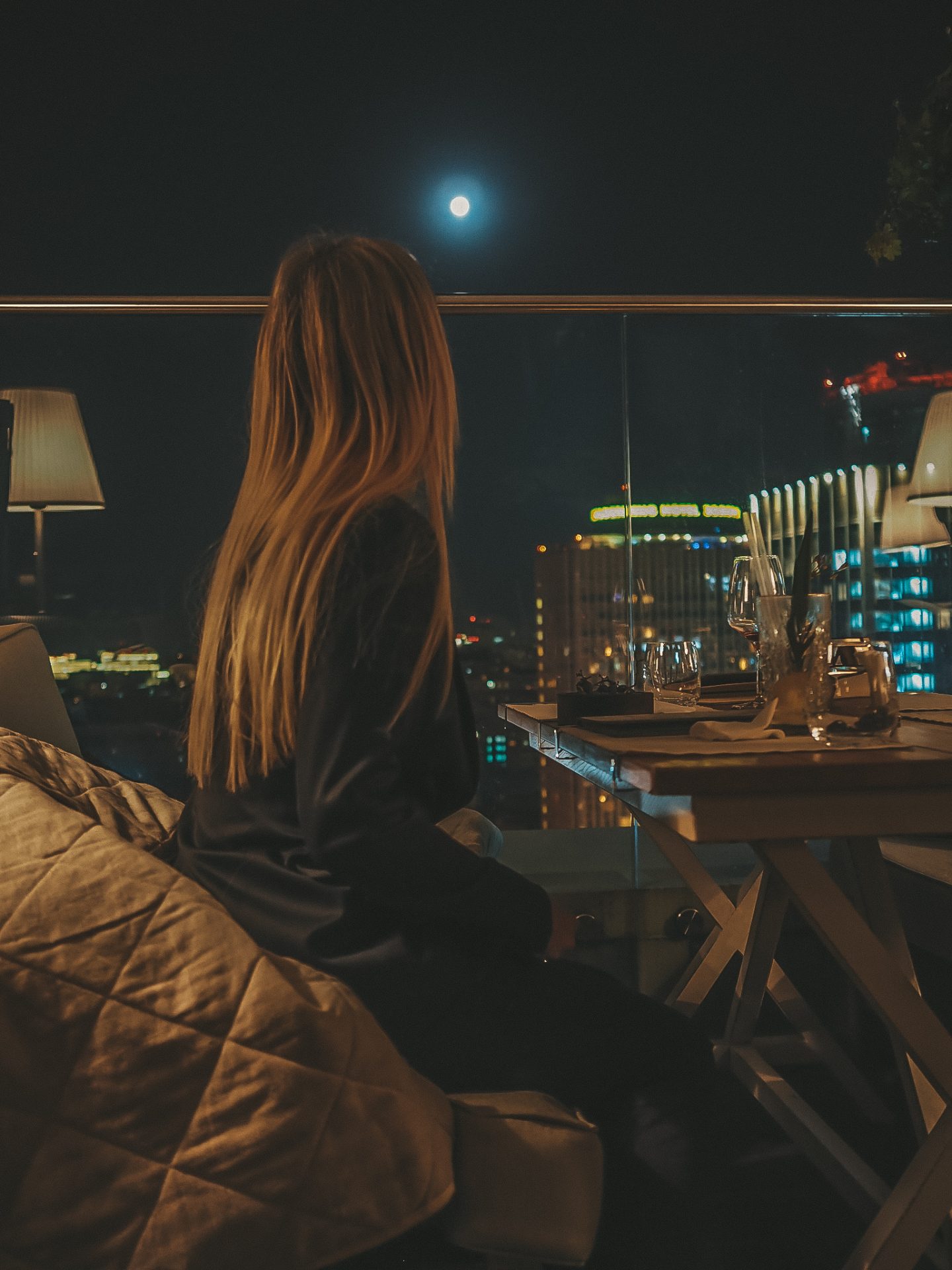
White Rabbit Restaurant Moscow
| White Rabbit | |
| Address | 16th Floor, Smolensky Passage Center, Smolenskaya Square, 3, Moscow, Russia, 121099 |
| Telephone | +7 495 510-51-01 |
| https://whiterabbitmoscow.ru/en/contacts#!/reserve/ |
Arriving at the shopping mall where the White Rabbit restaurant is located, the building itself is unassuming and not memorable considering the grandeur of some of the buildings lining Moscow’s boulevards and squares. Upon arriving at the quiet, almost underwhelming reception area, we were escorted through one of the stairwells of the mall, through to the lifts that take you to the fifth floor, a few paces across to the second tier lifts, and up to the sixteenth floor.
The restaurant itself nests atop the Soviet era building amid a stunning glass lattice enclosure, allowing diners to experience views of the city’s buildings. We had already experienced the stunning Moscow skyline from the O2 Lounge at the swank Ritz Carlton towards the Red Square end of Tverskaya Street. That being said, this vista did not disappoint and offered impressive views in most directions across the city, particularly the one of the nearby Seven Sisters (which just so happens to be The Ministry of Foreign Affairs of Russia).
For more on that, I’ve written a whole article on what any tourist should see in Moscow, which is worth a read for those planning on visiting soon. An open air terrace around the back end of the restaurant (which includes private dining terraces) are worth a visit alone.
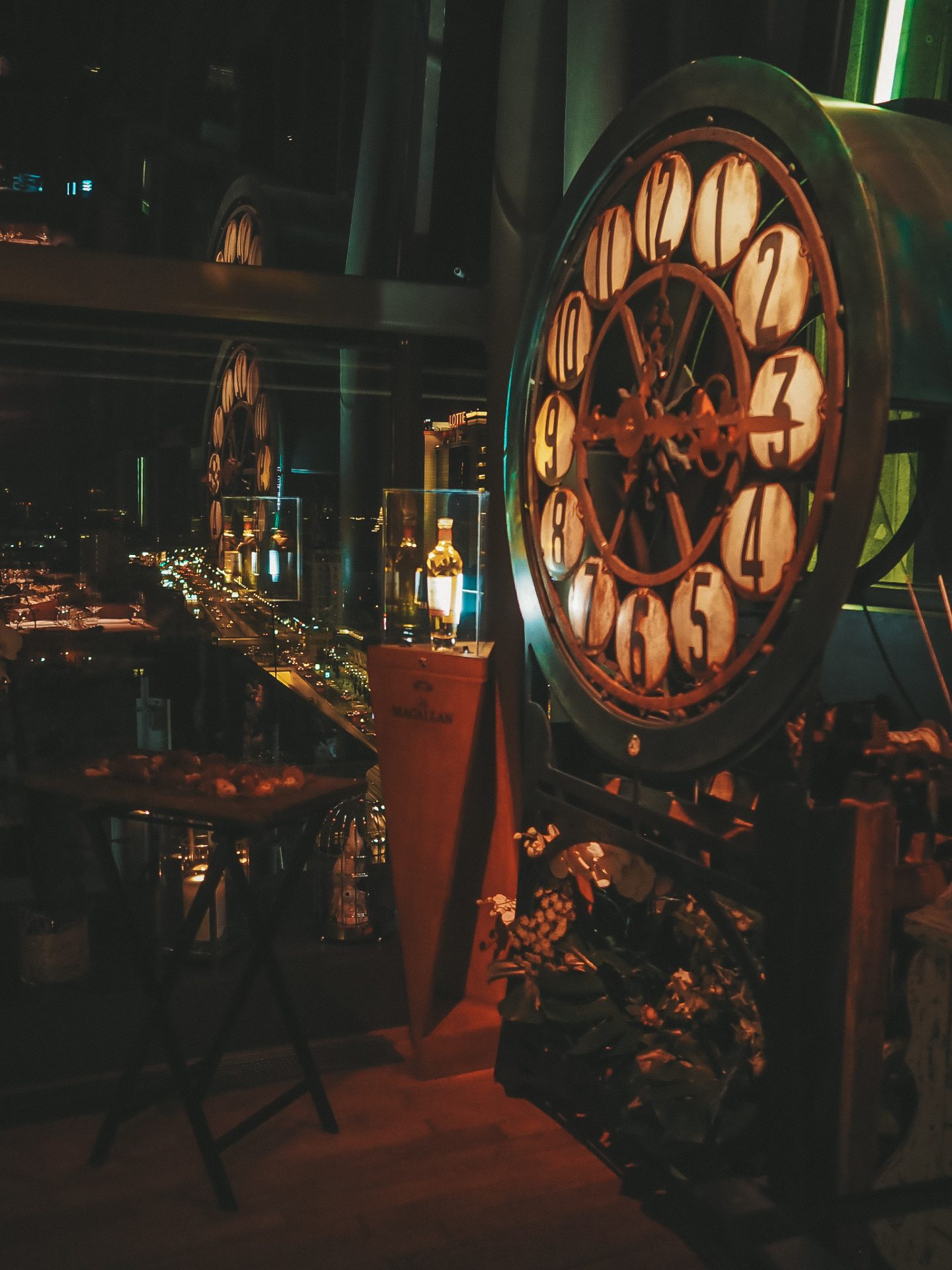

The White Rabbit Menu
White Rabbit is the first joint project of restaurateur Boris Zarkov and chef Vladimir Mukhin, and is known for its modern take on traditional Russian cuisine. Vladimir opens every season with a tasting menu, as is typical of high gastronomy. The menu is based on new products, ideas and combinations of flavors such as Black sea oysters, rapa whelk from Yalta, Crimean truffle and other delicacies of contemporary Russian cuisine.
White Rabbit Moscow Prices
On our visit, we opted for the fourteen course tasting menu. At the time of our visit back in 2018, it was priced at 9,500 RUB. Whilst updating this article in early 2020, and it seems that since then, the price of the tasting menu has increased slightly to 10,000 RUB. Surprisingly (and perhaps as a nod to visitors’ want for less meat? One can hope!) only two dishes consisted of meat, which were easily replaced with vegetable or fish-based items.
If a 14-course menu is a little too much for you, an à la carte selection is also available.
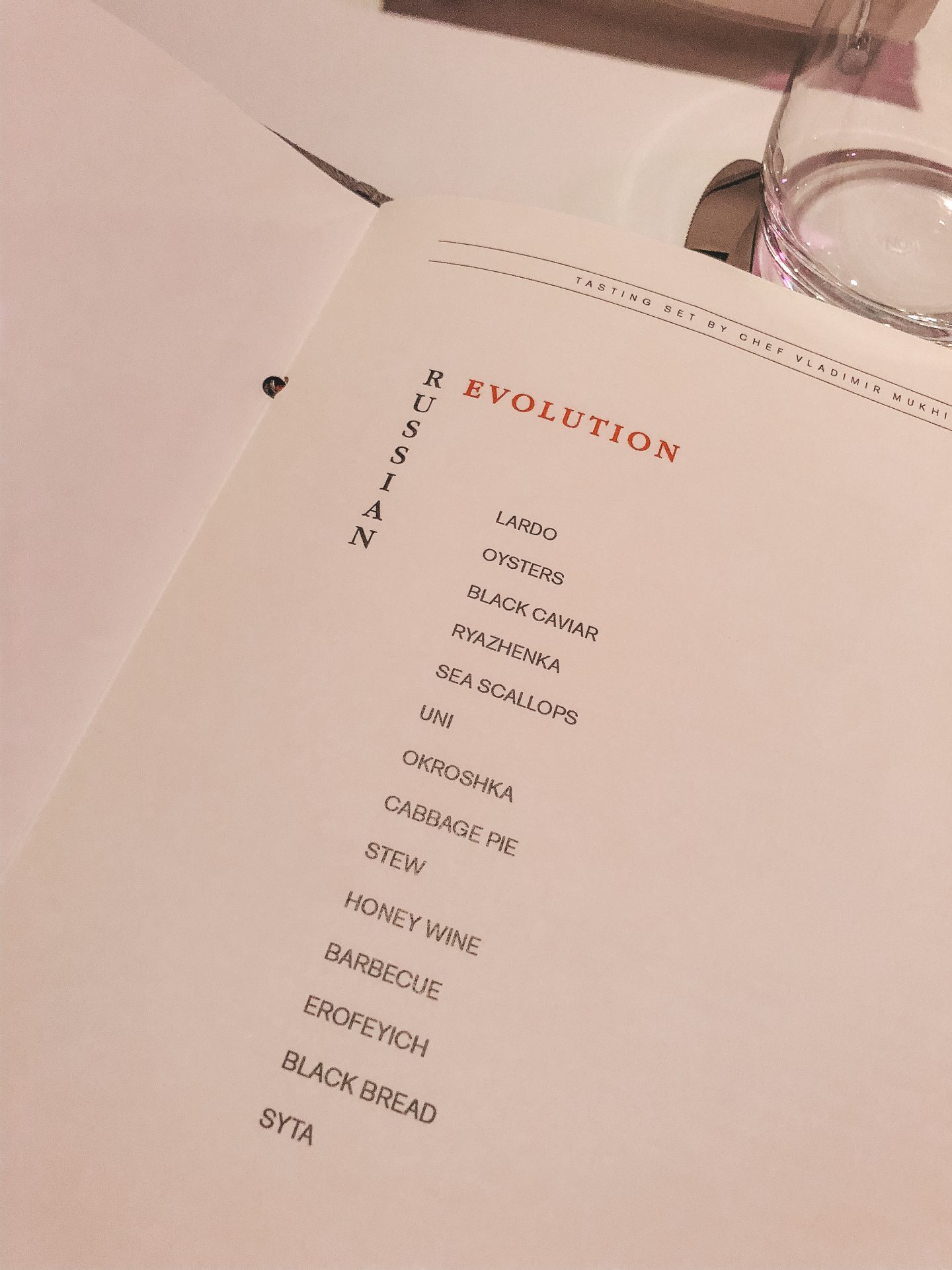
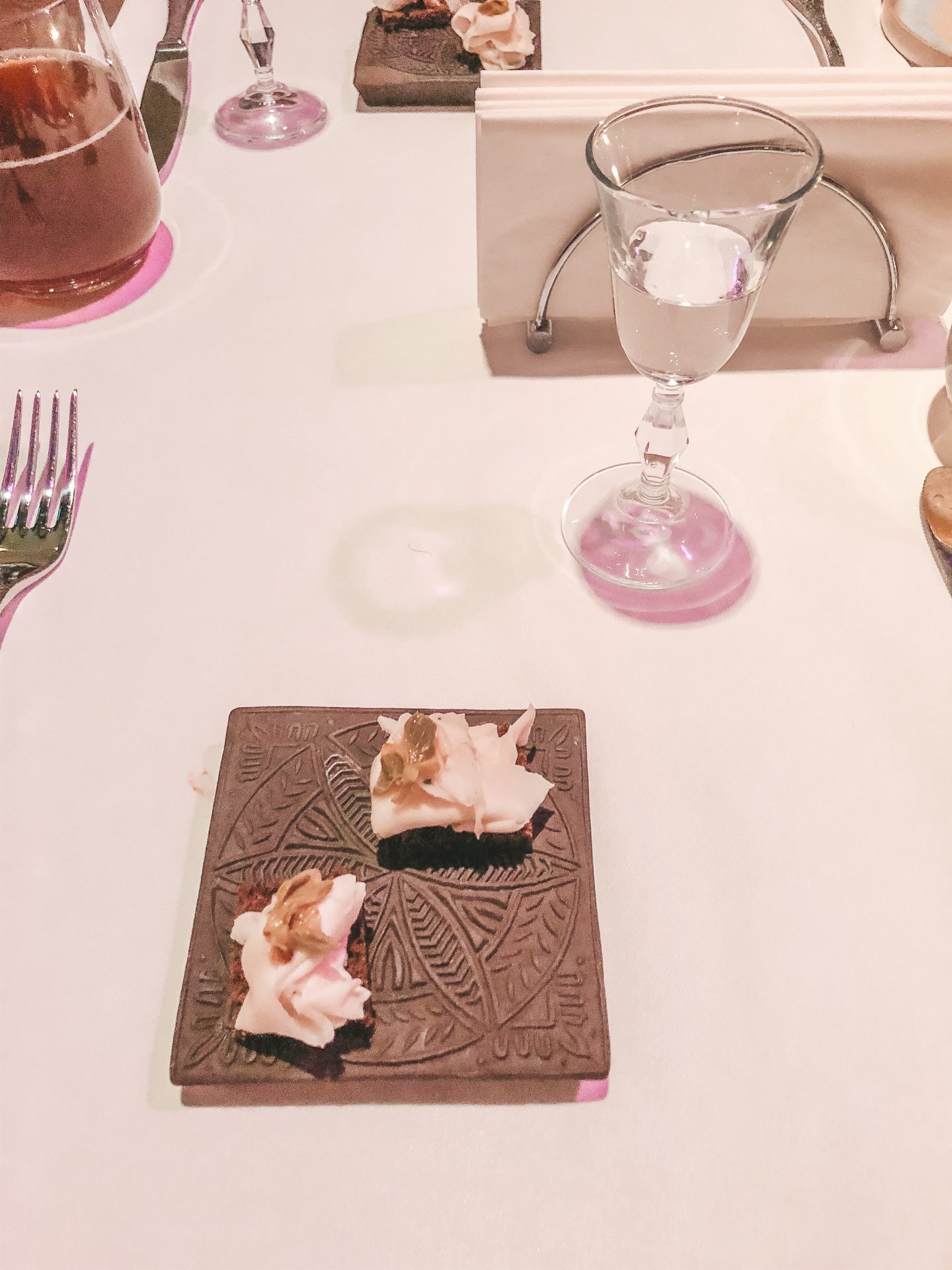
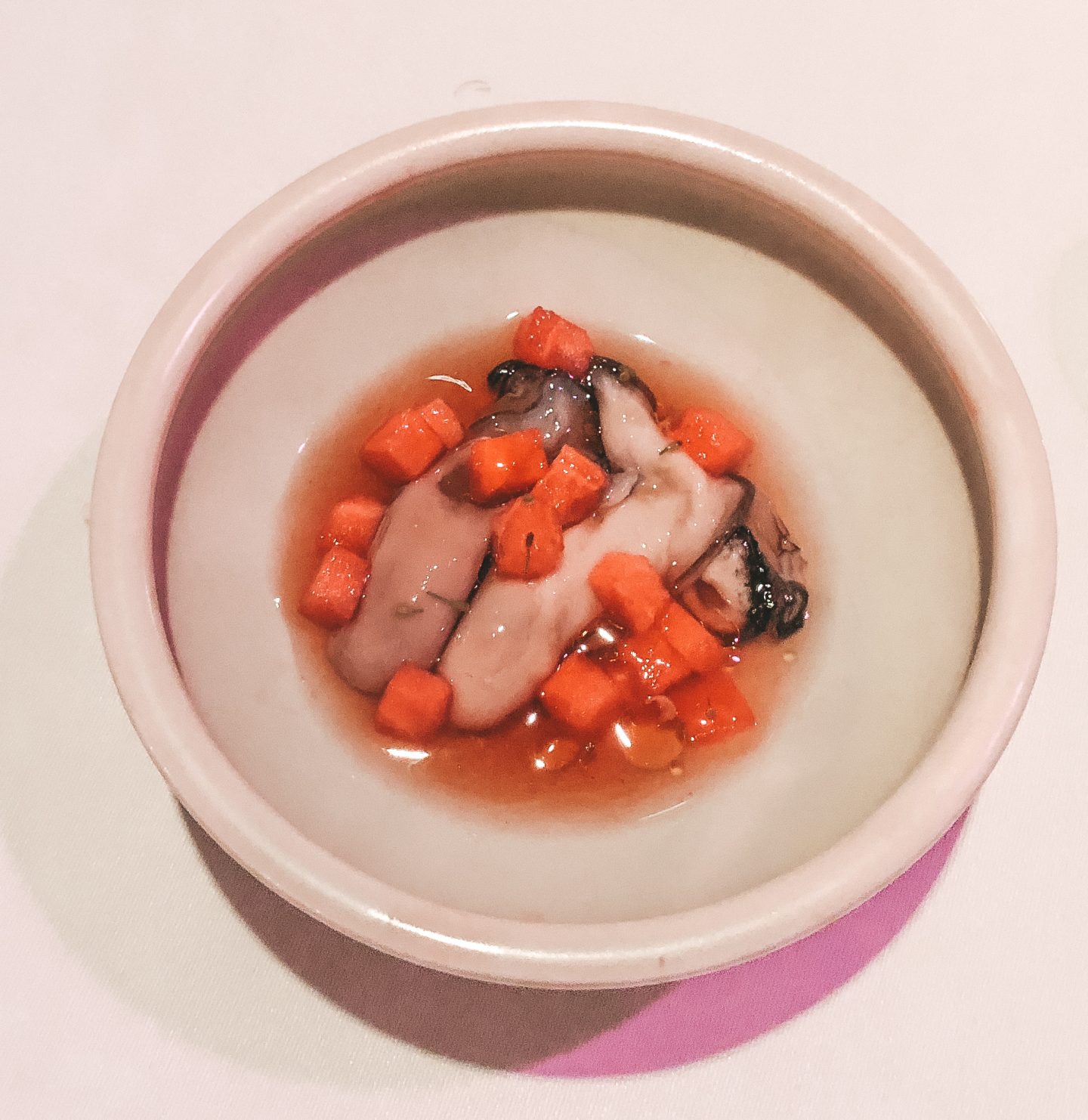

Most of the dishes drew on Russia’s bounty of fish, shellfish and wild or foraged vegetation and fruit. Russian cuisine to me is, notwithstanding the simple “meat and potatoes” reputation of Eastern European fare, imperial food and as such is characterised by an incredible level of delicacy and subtlety. Bearing this in mind, White Rabbit is a true showcase of Russian recipes and produce, using no more than a handful of flavours at a time to craft delicate musings, evoking both Russia’s natural and historic landscape.
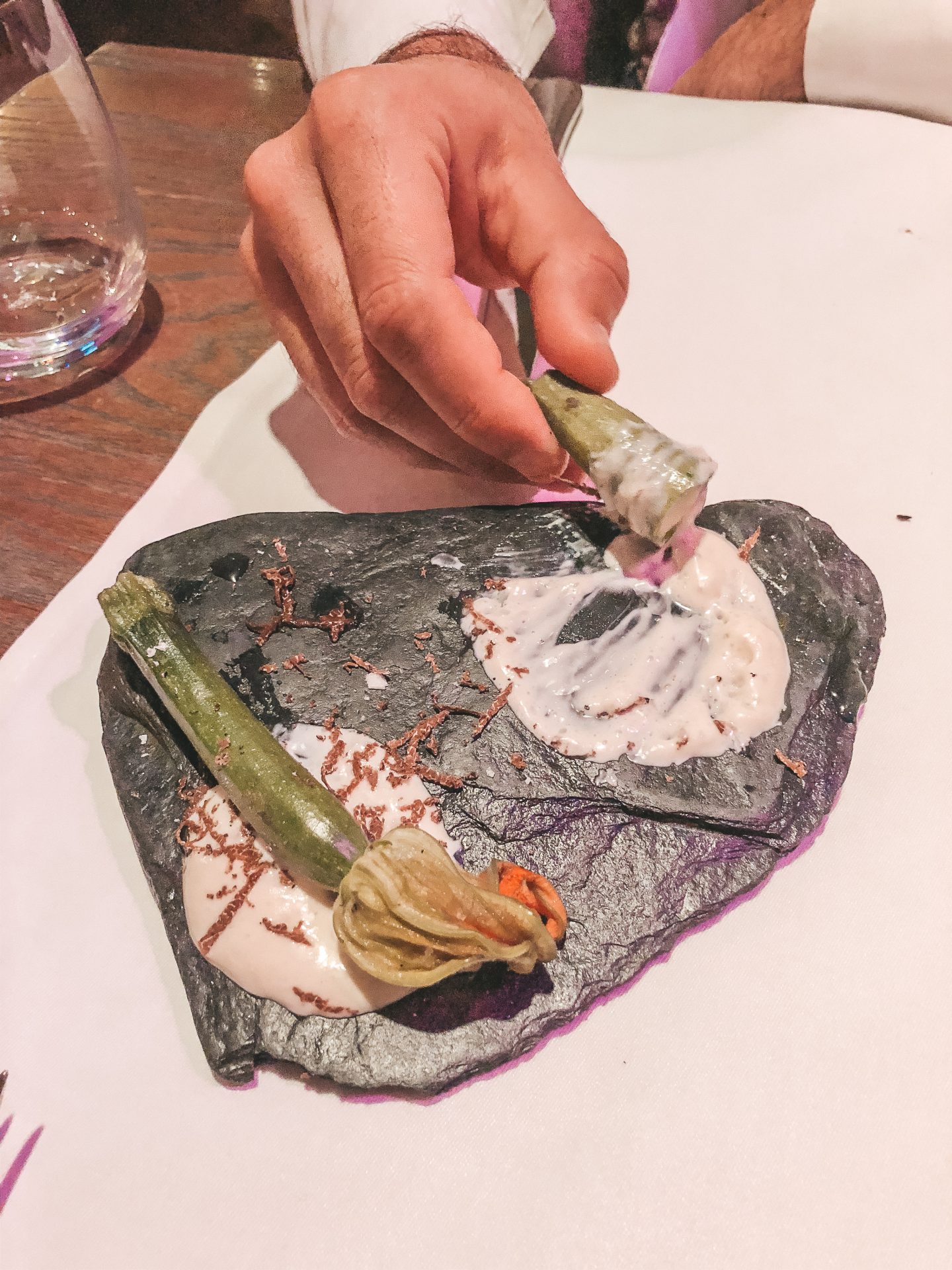
The flavours are delicate to the extent of being almost ethereal and light, but slowly builds and flavour intensifies as the meal progresses, from fresh vegetable and fish dishes and culminating in intensely savoury meat and dessert dishes.
Whilst special mentions of the cabbage and caviar dish and the ‘stew’ are required, three dishes really characterise the experience: 1) the scallops; 2) the okroshka; and 3) the bread-based dessert. These dishes showcase Russia’s ingredients and preparations, whilst delivering on the ‘twist’ on the tradition.
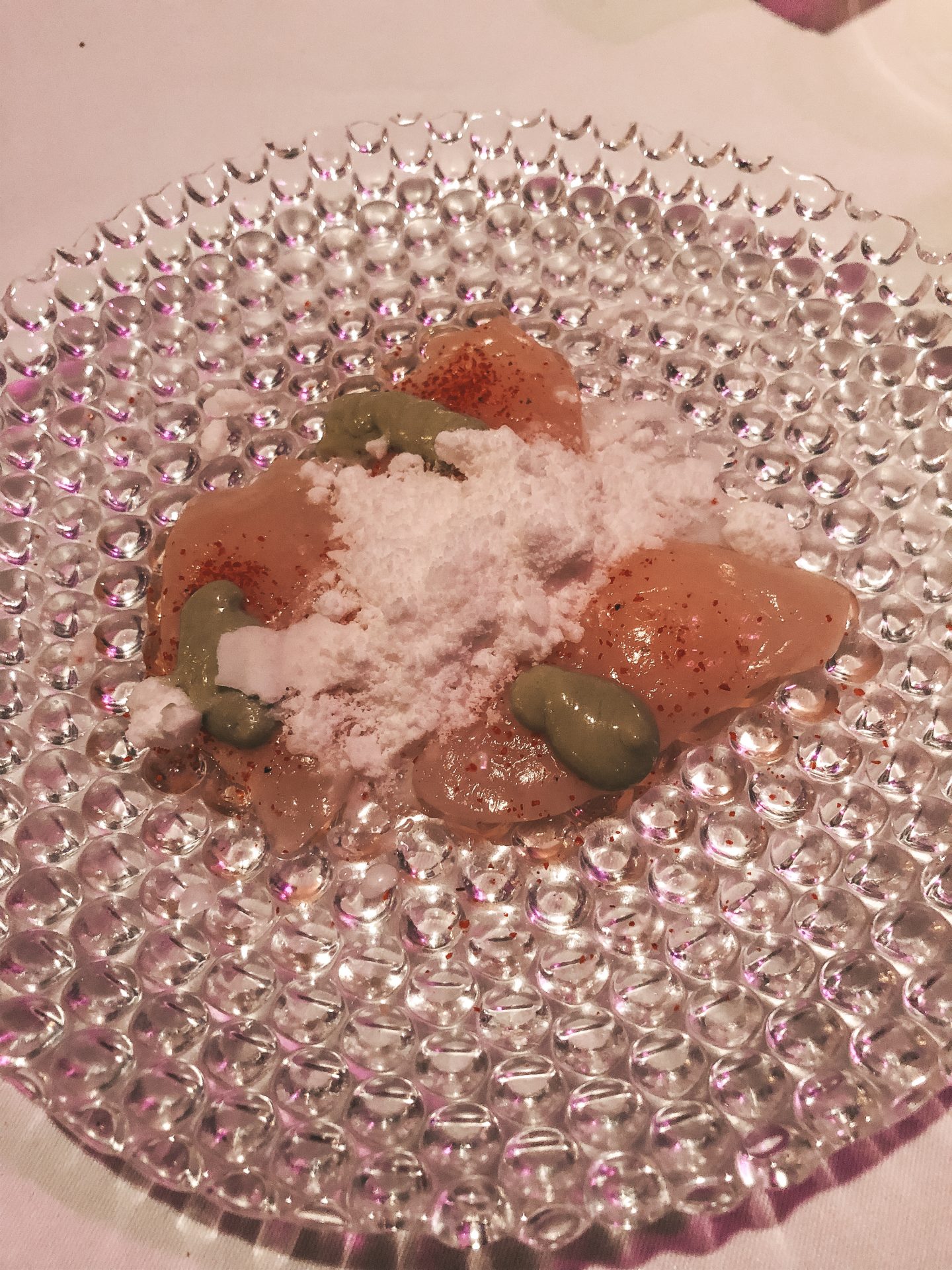
The scallop was thinly sliced, dense but soft and sweet, served with a savoury sauce and a ‘snow’, playing on a contrasting textures and temperatures, whilst still showcasing the fresh seafood. If in any doubt at all about the freshness of the seafood, tanks including local lobsters and live snow crabs live by the bar, providing entertain if the queue to the restroom is challenging.

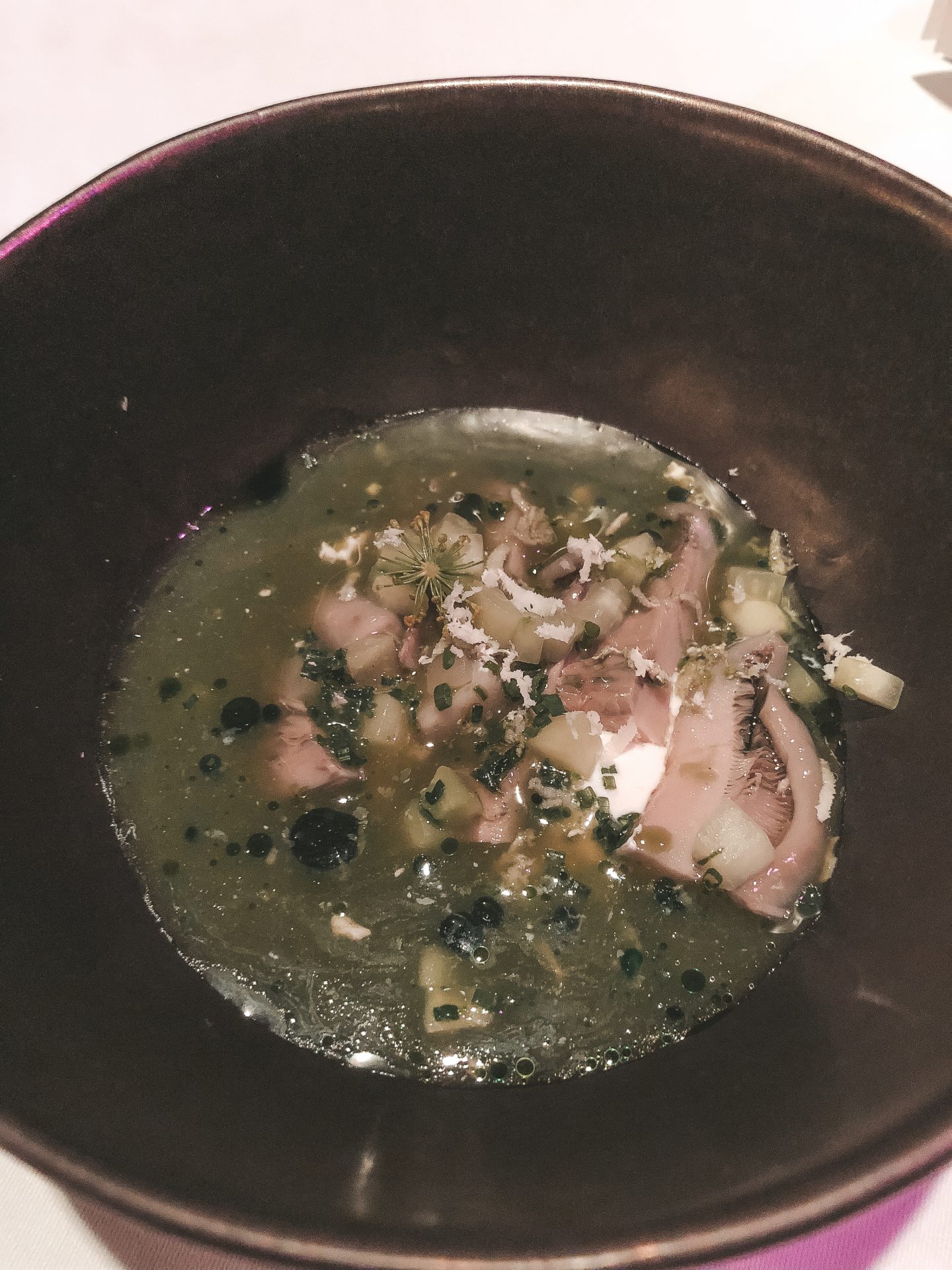
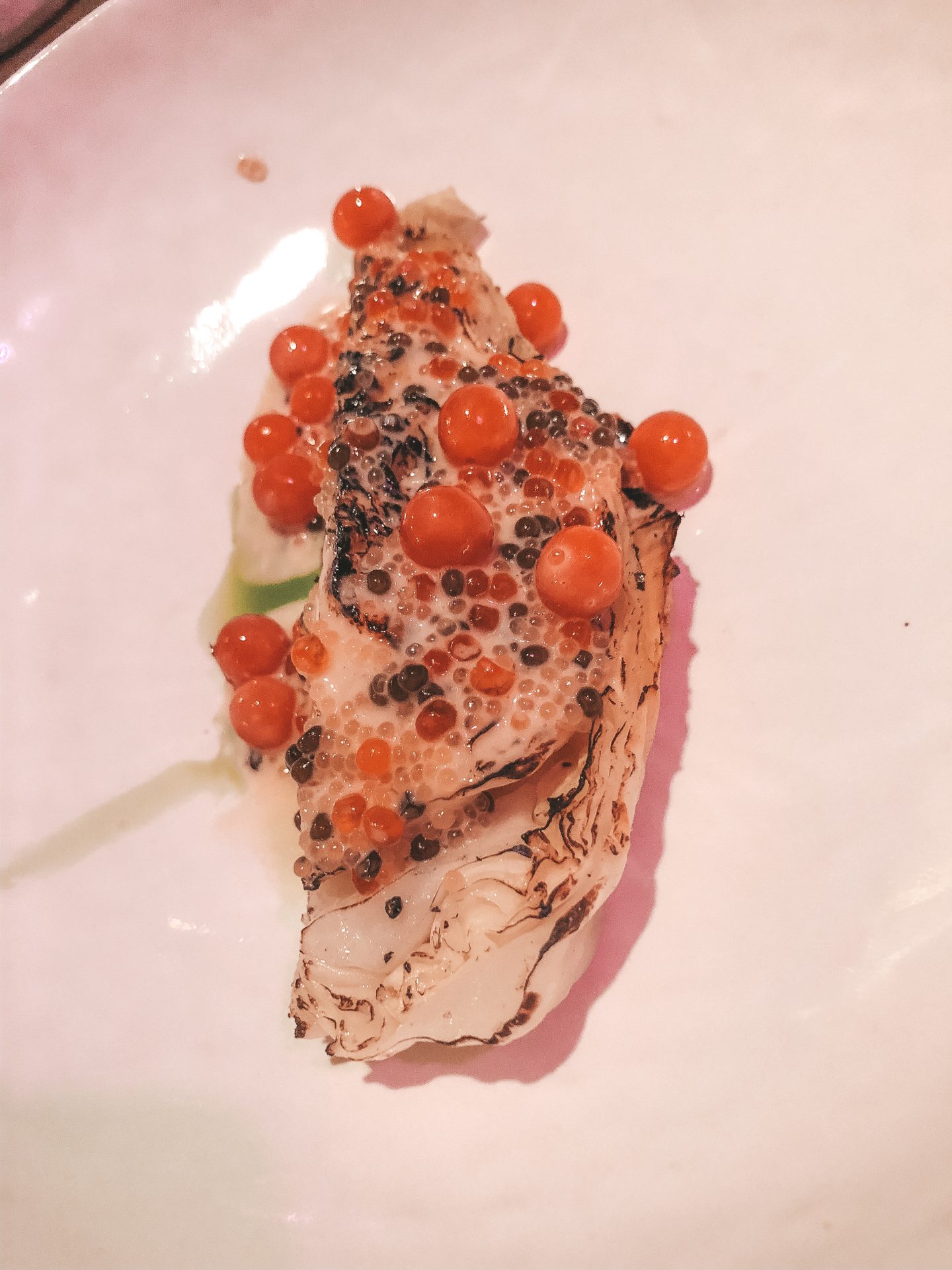
The okroshka, a take on a traditional soup again challenged conventional perception of what Russian cuisine is – pickled wild mushrooms, tangy and sour, bathed in an intense green tomato soup, fresh, savoury and fragrantly herbaceous. Again, the texture and the richness of the dish in spite of its simplicity really delivers a memorable experience.
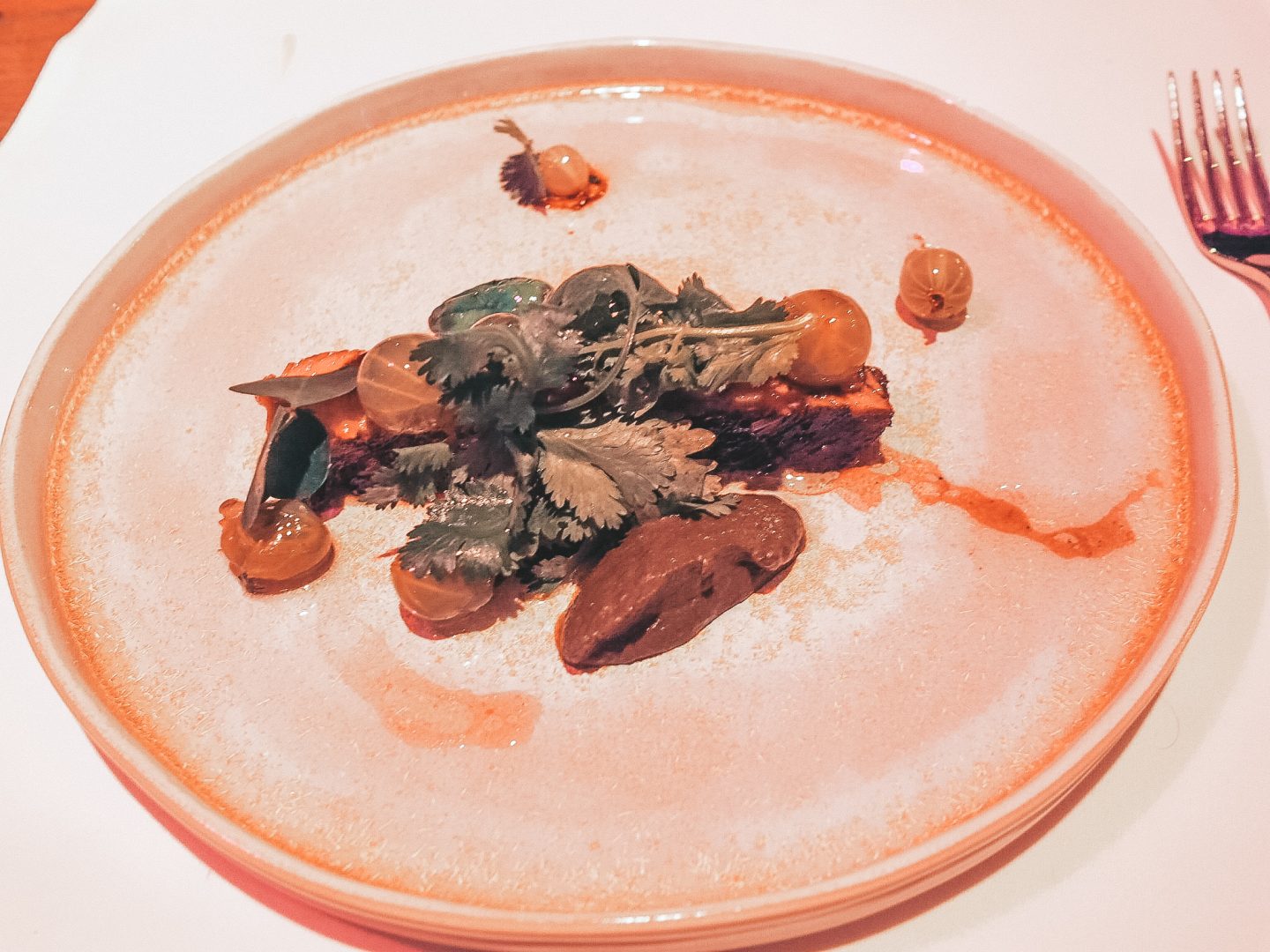
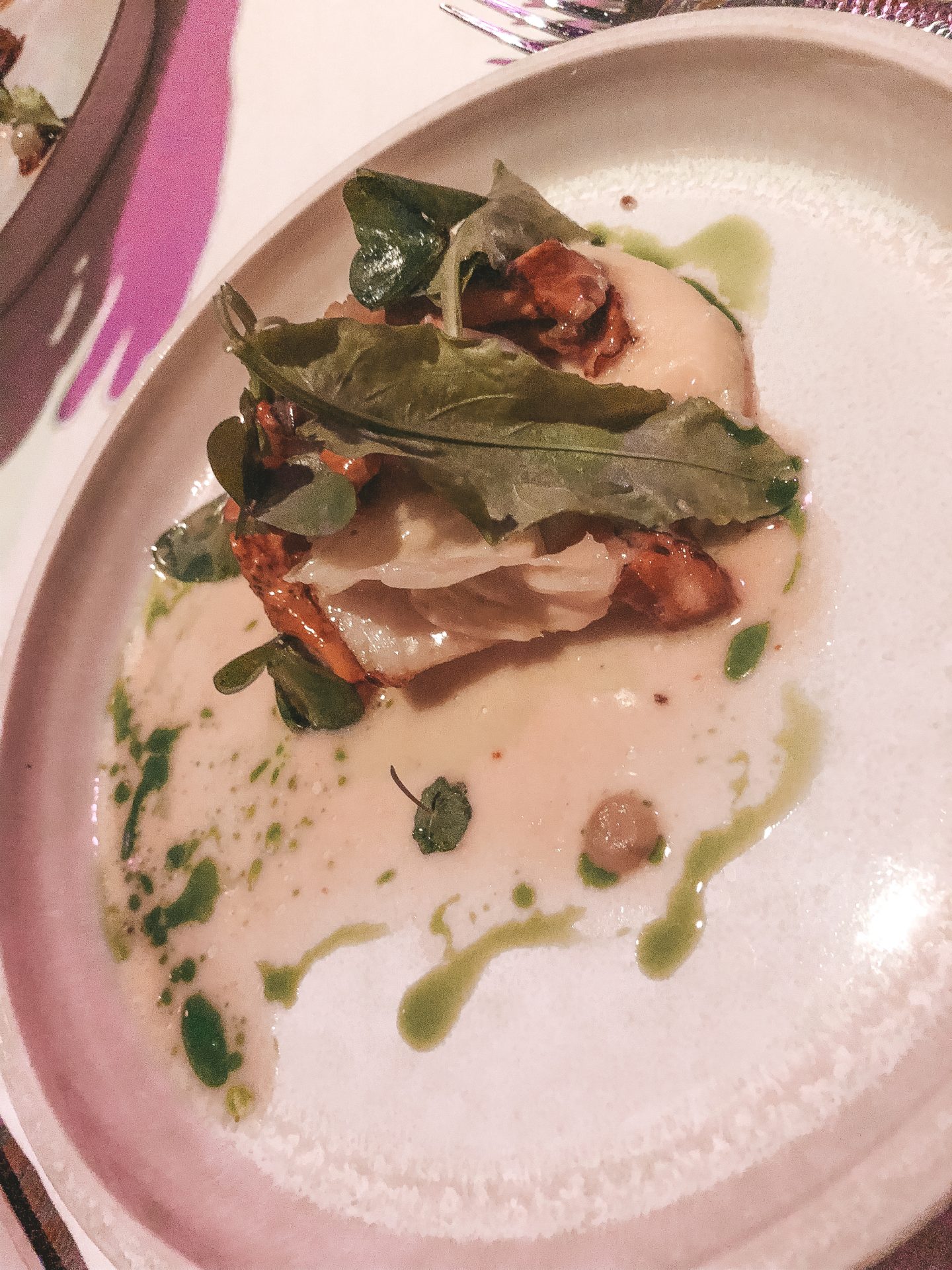
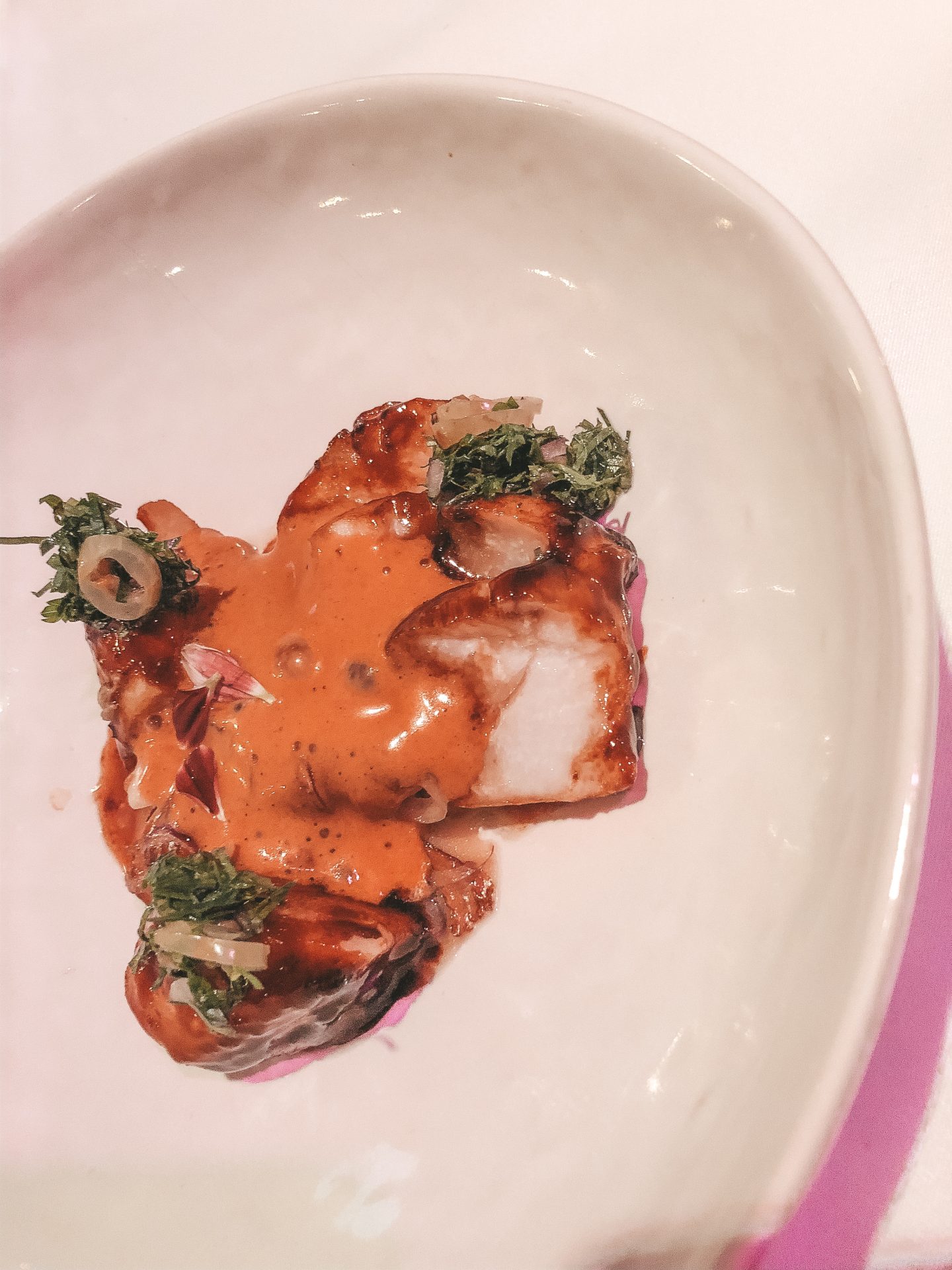
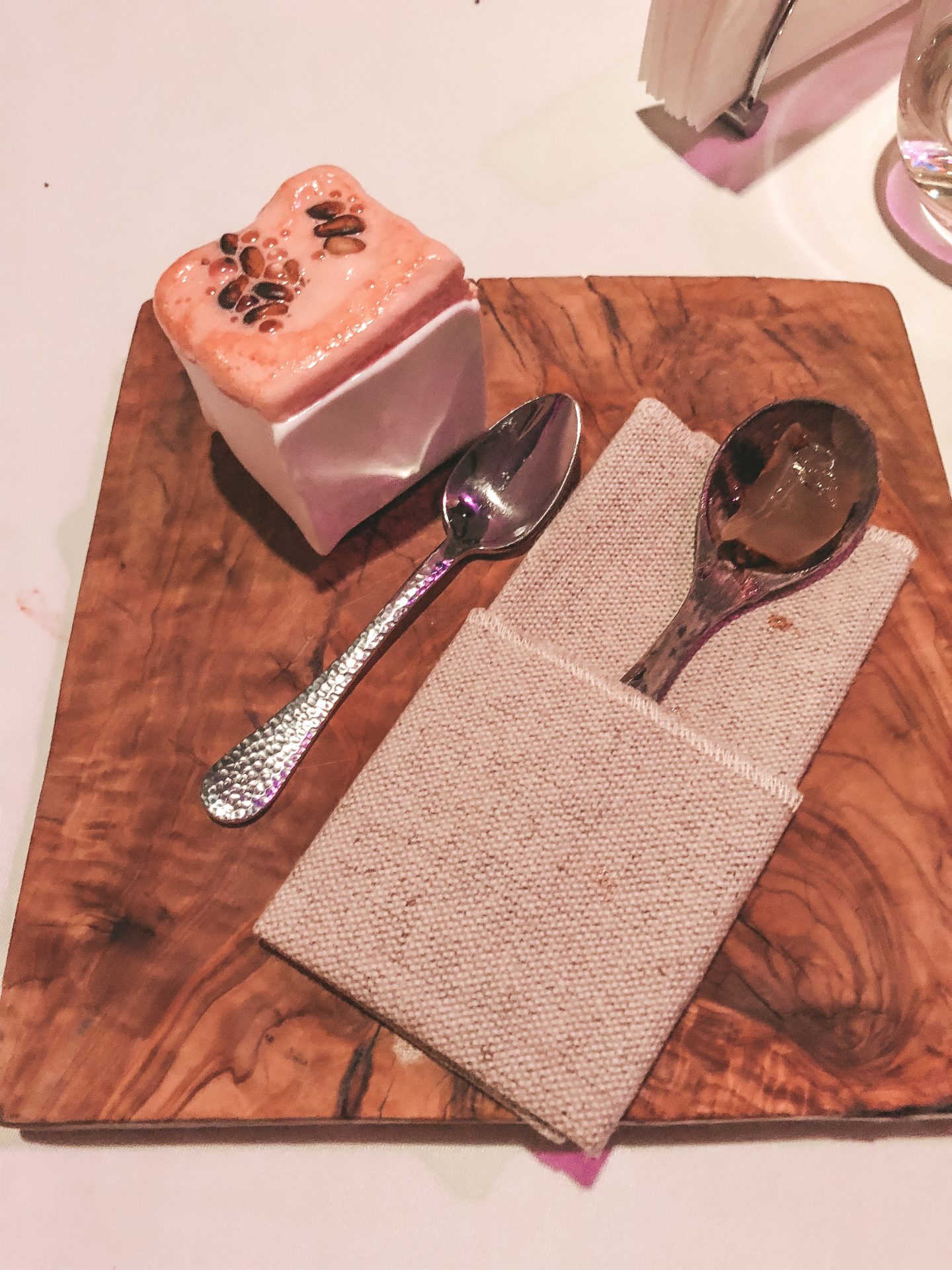
The rye-bread based dessert really brings things to crescendo, building on the previous dishes to deliver an intensely savoury and sweet dessert, blurring the lines between a pudding and a savoury dish with the use of the coriander scented bread and black garlic.

Overall, whilst not all dishes gave huge lashings of flavour, that was beside the point entirely – the menu sought to showcase Russian ingredients and build upon layers of delicate preparations, traditional ingredients and rich flavours of local produces to paint a mural, a story of humble things being transformed into grand representations of those things, true of Russian cuisine as it is of Russia itself. Altogether an exceedingly impressive offering from Moscow’s extremely competitive food scene, and to boot, very well-priced compared to many of its peer global Michelin guide restaurants, with which it keeps company very well.
If you like reading restaurant reviews, check out some of our most read reviews on Acorn Restaurant in Bath and Voro Restaurant in Mallorca.
If looking for some culinary travel inspiration, you might want to check out our five favourite restaurants around the world!
Don’t forget to pin this article if you found it helpful, and follow Dukes Avenue on Pinterest for more!

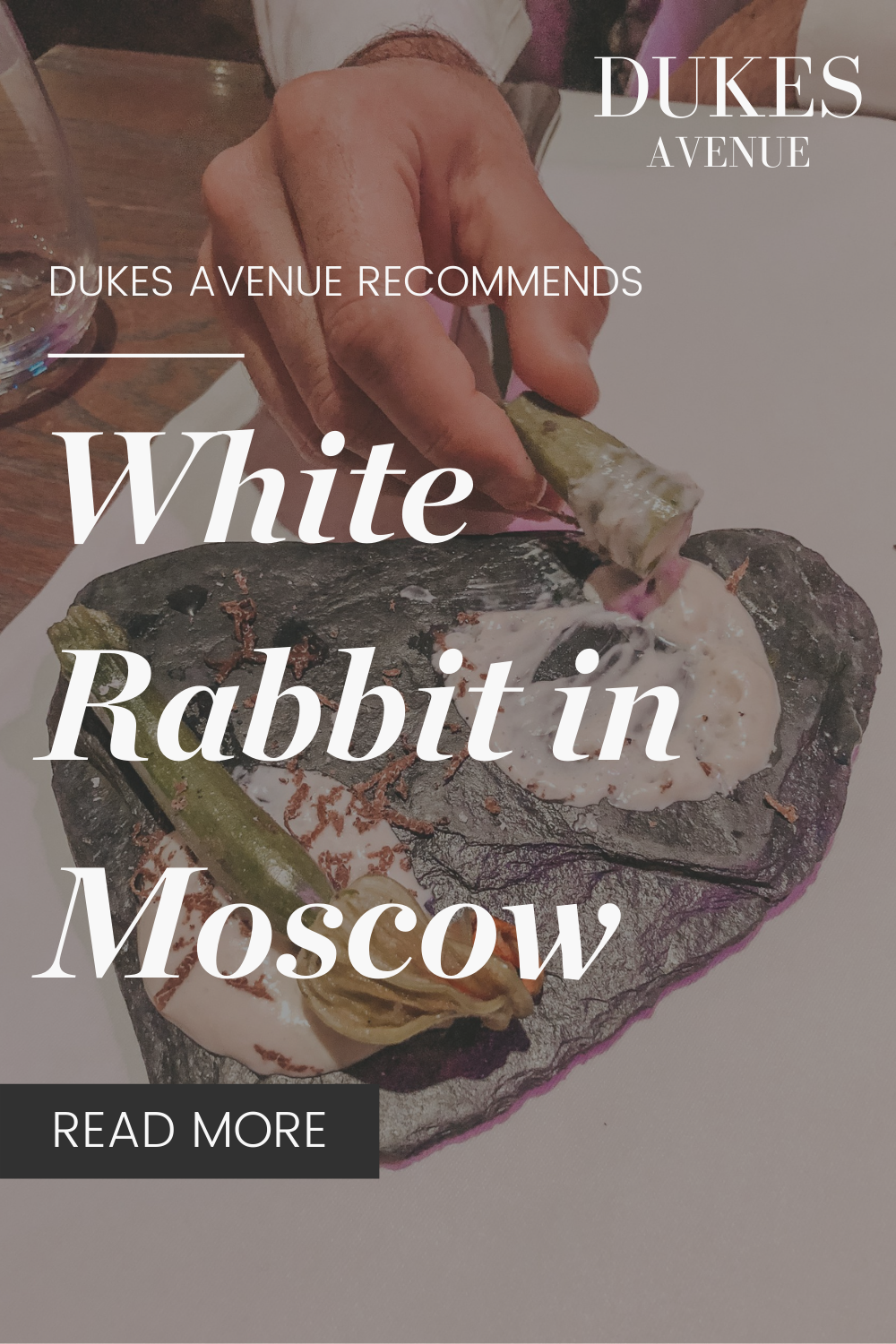


Sarah is a syndicated freelance writer and editor of Dukes Avenue. She founded Dukes Avenue in 2018 as a creative outlet while working at a London hedge fund. What initially started as a small blog has become a widely read luxury lifestyle online publication targeted at the modern woman, with content curated to inspire readers to live their best and most fulfilled lives. Sarah has lived in London, Malta, and, most recently, the United Arab Emirates and uses her travels and experiences to inspire much of the content.
-
Sarah Borg Barthethttps://dukesavenue.com/author/sarah-borg-barthet/
-
Sarah Borg Barthethttps://dukesavenue.com/author/sarah-borg-barthet/
-
Sarah Borg Barthethttps://dukesavenue.com/author/sarah-borg-barthet/
-
Sarah Borg Barthethttps://dukesavenue.com/author/sarah-borg-barthet/




